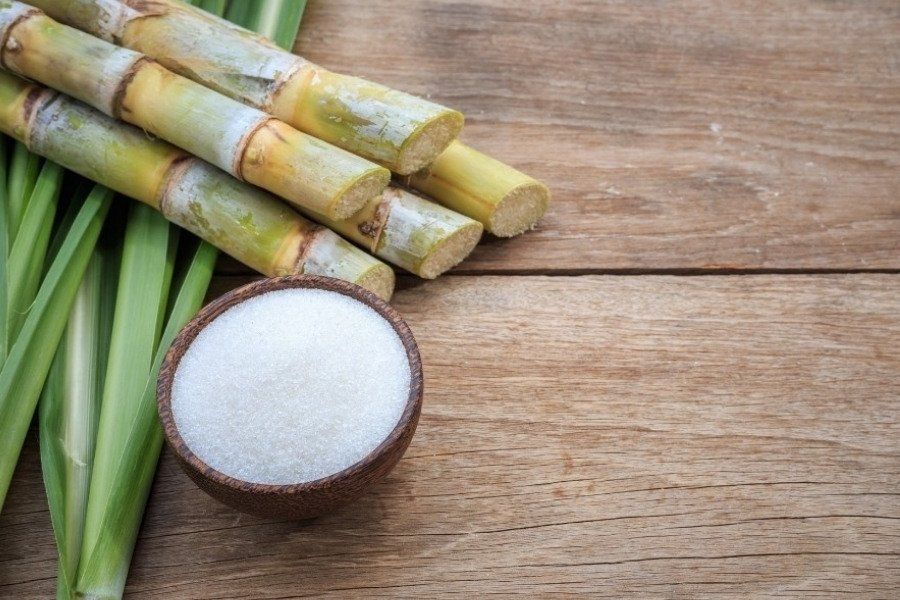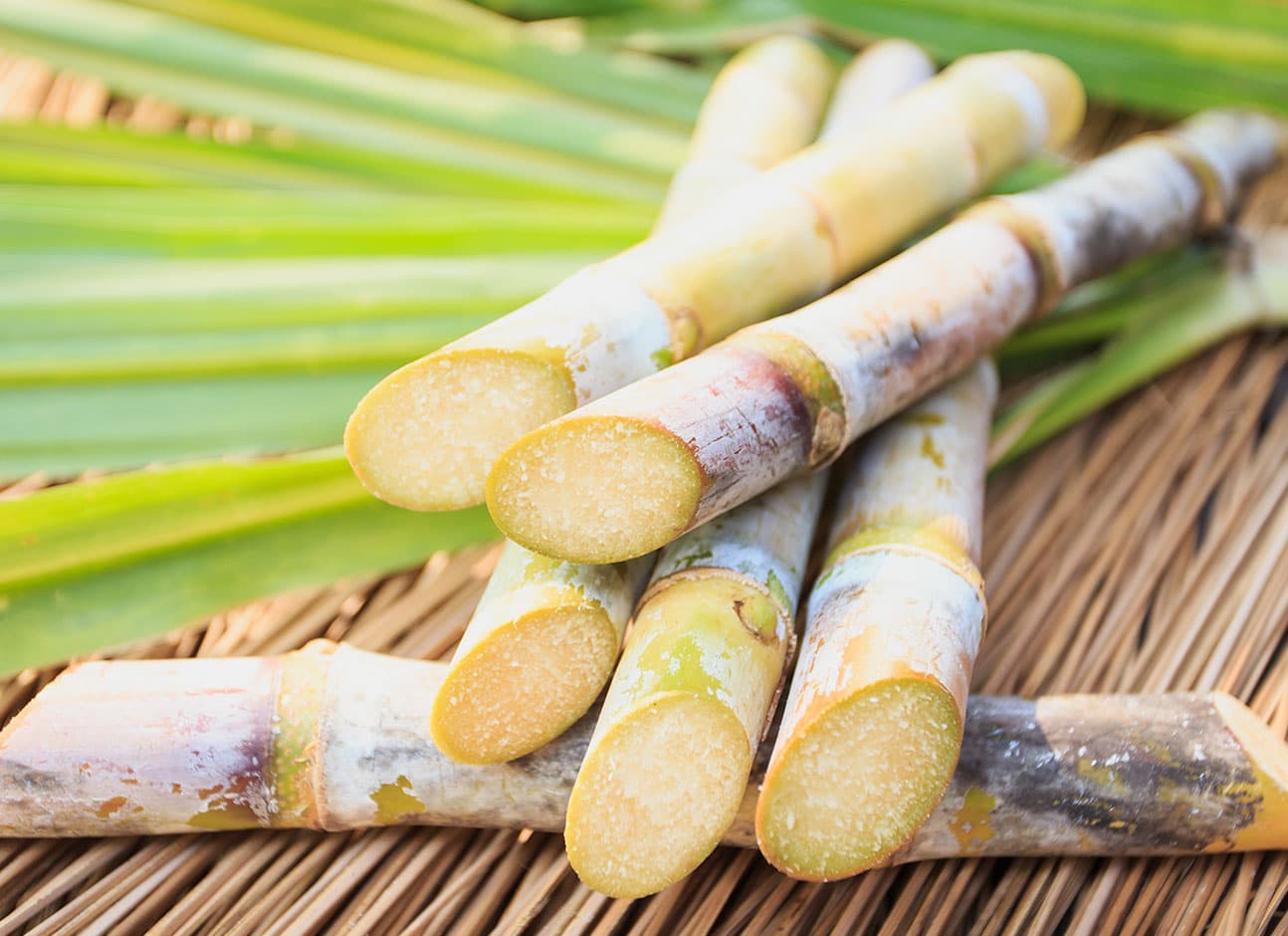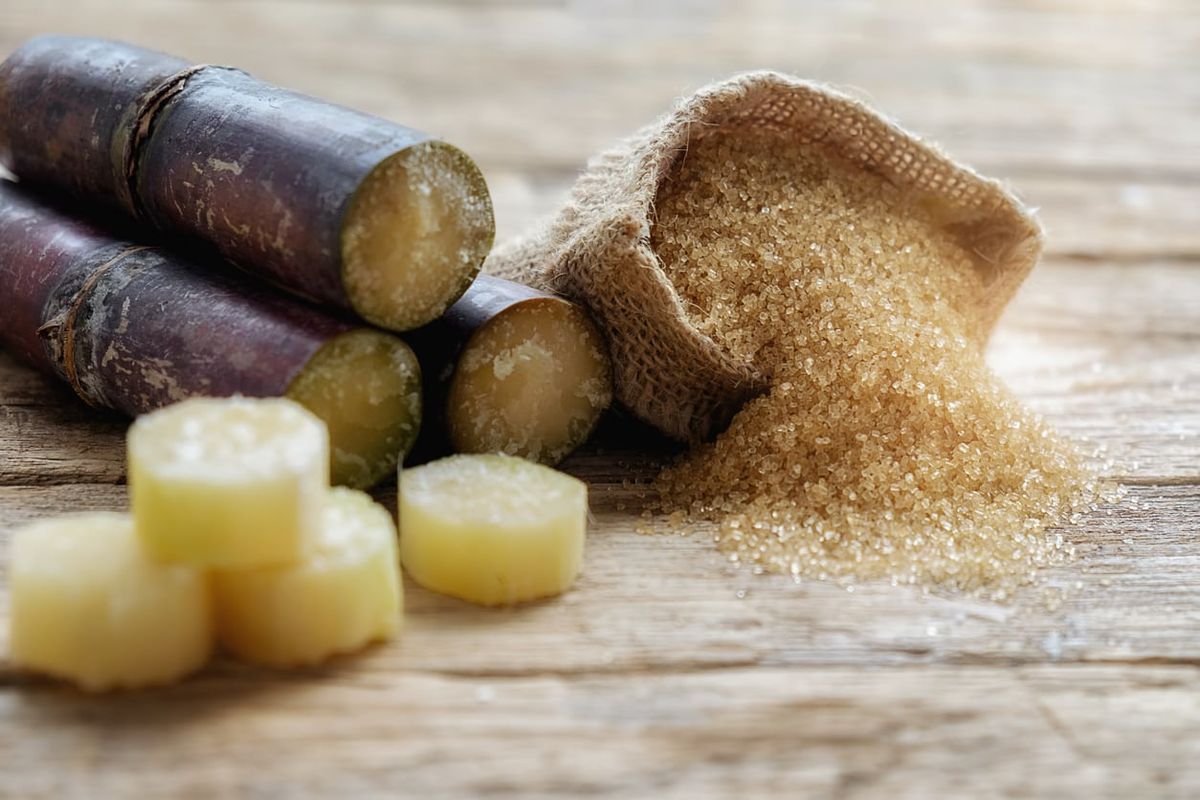All Concerning Sugar Canes: What Are Sugar Canes Utilized For and Their Role in Worldwide Farming?
Sugar canes function as a keystone of global agriculture, primarily acknowledged for their function in sugar production. They likewise contribute to the production of spin-offs like molasses and ethanol. These facets not only sustain various sectors but additionally impact financial stability in country regions. Nonetheless, the growing of sugar walking canes faces considerable ecological challenges. Understanding their diverse role triggers more exploration right into their agricultural methods and sustainability initiatives.
The Agricultural Refine of Sugar Cane Growing
Sugar cane cultivation may vary by region, the essential agricultural procedure remains regular. The very first step includes picking high-yielding selections suitable for regional climates. Preparation of the soil is necessary, often requiring tillage and the addition of plant foods to improve fertility. Growing usually happens during the rainy period, with farmers making use of either entire stalks or cuttings to establish brand-new crops.As the plants expand, they need persistent care, including weed control, parasite monitoring, and watering, depending upon the environmental problems. Farmers check the sugar walking cane's growth cycle, which typically covers 10 to 24 months, before gathering. Harvesting is labor-intensive, frequently conducted manually or with specialized equipment, ensuring marginal damage to the stalks. Following harvest, the walking cane is delivered to processing facilities. This thorough growing process not only supports neighborhood economies however likewise plays a considerable function in global agricultural practices, contributing to food and energy supplies.
Sugar Production: From Walking Cane to Crystal
The trip of sugar manufacturing starts the moment newly collected sugar cane reaches refining facilities. The very first step entails slicing the walking stick and washing to prepare it for removal. Making use of high-pressure rollers, the juice is extracted from the smashed walking stick, resulting in a wonderful liquid referred to as sugarcane juice. This juice goes through clarification, where contaminations are eliminated via the enhancement of lime and heat.Next, the clarified juice is focused by boiling it to create a thick syrup. This syrup is after that taken shape by cooling down, allowing sugar crystals to form. The crystallized sugar is divided from the remaining syrup, understood as molasses, via centrifugation.Finally, the sugar crystals are washed and dried out, causing the familiar granulated sugar (What Are Sugar Canes Used For). This process changes raw sugar walking stick right into a product that is indispensable to numerous cooking and industrial applications, highlighting the significance of sugar in global agriculture
Biofuels and Sugar Canes: A Sustainable Future
As the world increasingly seeks sustainable energy remedies, sugar canes have actually arised as a promising source for biofuels. The biomass stemmed from sugar walking sticks can be exchanged ethanol, a sustainable gas choice that substantially reduces greenhouse gas emissions compared to fossil fuels. This process not only supplies a cleaner power resource however likewise promotes energy self-reliance for lots of countries.In enhancement, sugar walking stick farming sustains country economies by producing tasks in both farming and biofuel production industries. The use of sugar walking sticks for biofuel production also encourages agricultural diversity, which can boost dirt wellness and decrease dependency on single crops. Additionally, the byproducts of sugar walking cane handling can be used for power generation, additionally adding to a sustainable energy cycle. As countries venture to meet sustainable power targets, sugar walking sticks are poised to play a vital duty fit an extra lasting future in the biofuel landscape.

The Role of Sugar Canes in Drink Manufacturing
Sugar walking sticks play a substantial function in beverage production, acting as a key component in rum and adding to the sweet taste of several soft beverages. Furthermore, their natural juices are made use of in different beverages, enhancing flavor and allure. This convenience emphasizes the value of sugar canes in the international drink industry.
Sugar Walking Stick in Rum
Rum production is delicately connected to the cultivation of sugar walking cane, a crucial plant that provides the necessary fermentable sugars needed for fermentation. This procedure begins with the removal of juice from gathered sugar canes, which is after that either fermented directly or refined right into molasses. Yeast is added to transform the sugars into alcohol, causing a diverse series of rum designs, from light to dark varieties. The geographical area where the sugar cane is grown substantially affects the taste profile of the rum, with aspects such as soil type and environment having fun essential functions. Nations like Barbados, Jamaica, and Cuba are renowned for their rum production, showing the historic and social value of sugar cane within the worldwide drink industry.
Soft Drinks Sweetener Resource

Natural Juice Production Uses
In enhancement to its substantial duty in soft beverage production, sugar walking stick is likewise critical in the natural juice sector. The juice removed from sugar walking stick, called cane juice, is commemorated for its natural sweet taste and unique taste account. This juice is typically consumed fresh in numerous areas, specifically in tropical countries, where it is appreciated as a rejuvenating beverage. In addition, walking stick juice functions as a base active ingredient in a series of all-natural fruit juices and smoothie mixes, improving both taste and dietary value. Its all-natural residential or commercial properties make it an eye-catching option to sweetening agents, appealing to health-conscious customers. In general, sugar walking cane's flexibility in juice manufacturing highlights its relevance in contemporary drink offerings worldwide.
Developments in Sugar Walking Cane Byproducts
Advancements in sugar cane by-products are leading the way for sustainable solutions in different sectors. Biofuels stemmed from sugar walking cane provide an alternate power resource, while developments in lasting product packaging are minimizing dependence on conventional products. These growths highlight check my source the adaptability and potential of sugar walking stick past its primary usage in drink production.
Biofuels From Sugar Walking Cane
How can the results of sugar cane add to sustainable energy solutions? The conversion of sugar walking cane into biofuels provides an encouraging method for eco-friendly energy. By making use Read Full Article of the fibrous deposit, called bagasse, producers can produce bioethanol via fermentation processes. This bioethanol can act as a lasting option to nonrenewable fuel sources, lowering greenhouse gas emissions and reliance on non-renewable sources. Furthermore, molasses, another by-product, can be fermented to generate biofuels, making best use of source efficiency. The power generated from sugar cane not only offers a cleaner fuel source but also enhances the overall economic feasibility of sugar manufacturing. By incorporating biofuel manufacturing into their operations, sugar cane industries can play a necessary duty in advancing lasting energy services worldwide.
Sustainable Packaging Solutions
Lasting product packaging options are significantly being created from sugar cane byproducts, showcasing the versatility of this farming staple. Technologies such as naturally degradable plastics stemmed from bagasse, the fibrous deposit left after juice removal, are getting grip. These products supply an environmentally friendly alternative to standard plastics, decreasing reliance on nonrenewable fuel sources and decreasing carbon footprints. Additionally, sugar cane-based product packaging is compostable, breaking down normally without hurting the setting. Companies are currently exploring these alternatives to line up with customer need for sustainability. As awareness of plastic air pollution grows, the fostering of sugar cane-derived packaging is anticipated to rise, placing sugar canes as a principal in the change to greener packaging remedies in different industries.
Economic Effect of Sugar Cane Farming

Although sugar cane farming has deep roots in lots of economic climates, its financial impact extends far past farming manufacturing. This plant serves as a substantial income source for numerous farmers worldwide, particularly in establishing nations where agriculture is a main source of income. Sugar walking cane adds to local economic climates via task creation in harvesting, handling, and growing. The market also promotes development in related industries such as transport, devices manufacturing, and food processing.Furthermore, sugar walking cane is a principal in international trade, influencing global markets and prices. Nations that generate sugar cane commonly depend on exports to improve their economic stability. The by-products of sugar cane, such as ethanol and molasses, expand earnings streams for farmers and include value to the farming industry. Generally, the economic implications of sugar walking stick farming are profound, impacting not just farmers yet additionally nationwide economic climates and entire communities.
Ecological Considerations in Sugar Walking Stick Farming
While sugar walking stick farming plays a vital role in several economic climates, it additionally elevates substantial ecological worries that can not be ignored. The extensive use of plant foods and pesticides in sugar walking cane cultivation frequently brings about soil deterioration and water contamination. Drainage from these chemicals can pollute neighboring water bodies, harming marine ecosystems. Furthermore, the monoculture techniques prevalent in sugar walking cane farming reduce biodiversity, making environments more prone to parasites and diseases.Deforestation is another essential issue, as land is commonly cleared to give way for sugar haciendas, resulting in environment loss for wild animals and increased carbon discharges. The high water intake required for sugar walking cane watering can strain regional water sources, specifically in dry regions. As global demand for sugar remains to rise, attending to these helpful hints environmental obstacles comes to be necessary to assure sustainable methods in sugar walking stick growing.
Often Asked Concerns
What Are the Nutritional Perks of Sugar Cane?
The dietary advantages of sugar walking cane largely include its high carbohydrate material, giving energy. Furthermore, it consists of vitamins, minerals, and antioxidants that might sustain total wellness, though moderation is essential due to its sugar material.
Exactly How Does Sugar Walking Cane Affect Local Ecosystems?
Sugar walking stick farming can considerably influence neighborhood communities by altering land usage, impacting biodiversity, and requiring significant water resources. Additionally, it may lead to dirt deterioration and pesticide drainage, interrupting surrounding environments and wild animals populations.
What Is the History of Sugar Walking Cane Growing?

Exist Alternatives to Sugar Walking Stick for Sugar Manufacturing?
Alternatives to sugar walking stick for sugar manufacturing include sugar beets, corn, and various tropical plants like sorghum and agave (What Are Sugar Canes Used For). These plants use diverse resources of sweetness, each with distinctive growing needs and ecological impacts
Just How Do Weather Condition Patterns Impact Sugar Walking Stick Returns?
Weather patterns substantially influence sugar walking cane yields with temperature level changes, rainfall quantities, and seasonal cycles. Dry spell or too much rainfall can hinder growth, while ideal conditions enhance photosynthesis, ultimately influencing the quantity and top quality of the harvest. The journey of sugar production starts the minute freshly harvested sugar walking stick gets here at refining centers. The crystallized sugar is separated from the staying syrup, recognized as molasses, via centrifugation.Finally, the sugar crystals are washed and dried, resulting in the familiar granulated sugar. Rum manufacturing is delicately connected to the growing of sugar walking stick, an essential crop that supplies the essential fermentable sugars needed for fermentation. Furthermore, the monoculture techniques prevalent in sugar walking stick farming lower biodiversity, making environments a lot more at risk to pests and diseases.Deforestation is one more essential issue, as land is typically gotten rid of to make way for sugar ranches, leading to environment loss for wild animals and raised carbon emissions. Alternatives to sugar walking stick for sugar production include sugar beetroots, corn, and different exotic plants like sorghum and agave.
Comments on “What Are Sugar Canes Used For in Restaurants and Beverage Startups”